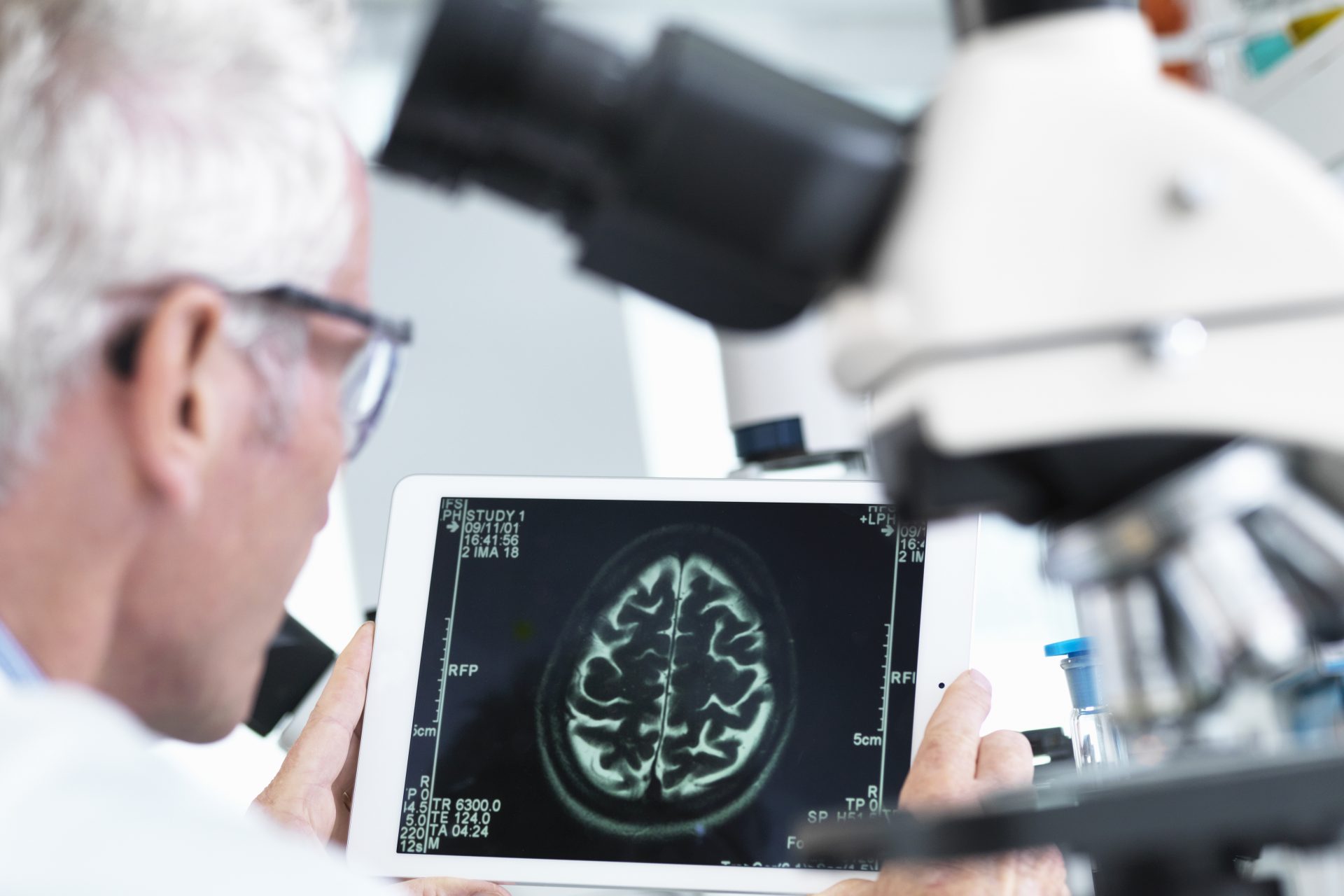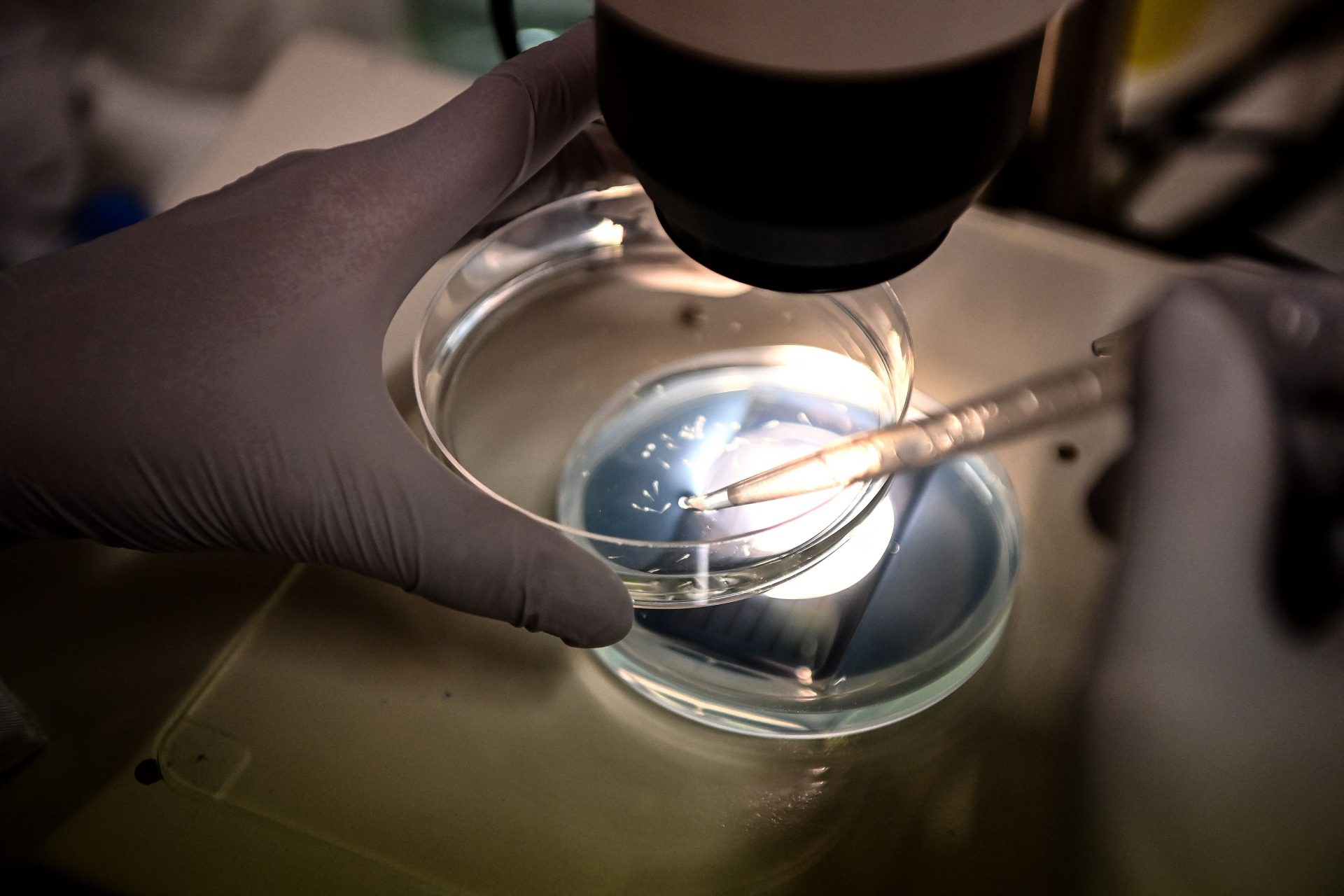Near-death experiences: new study reveals surprising findings
Recent research is shedding light on what happens to the brain as we approach death. At the University of Michigan, a team led by neurologist Jimo Borjigin has conducted a fascinating study that has captured the world's attention.
The study focused on the brain activity of dying people and provided surprising findings that could have far-reaching implications for our understanding of death and near-death experiences.
Their focus was on a 24-year-old patient who suffered from cardiac arrhythmia and seizures. After collapsing and entering a coma from which she never awoke, she was selected as "patient one" for the study.
Her family decided to stop life support after three days before she was handed over to the research team.
Borjigin and her team monitored the brain activity of dying people using EEG and found that there was remarkable activity in the last moments before death.
Even after the lack of oxygen, some brains continued to show intense synaptic activity, which is normally associated with dreams and hallucinations.
In addition, the areas of the brain known as the "hot zone" for consciousness experienced strong activation. These wave signals remained detectable even longer than six minutes after death.
These findings raise the question of whether near-death experiences can be attributed to this mysterious brain activity. This is where the study attracted attention and many media and critics pounced on these statements.
This contradicts the assumption of many that the brain is inactive at the moment of clinical death. Borjigin emphasizes that the brain may even be more active during the dying process than when awake.
Some believe that the similarity of these experiences in different people suggests that they may stem from a common cause. Others view near-death experiences as a possible glimpse into the afterlife or a connection to higher powers.
However, Borjigin and her team, as well as other scientists, warn against jumping to conclusions. They did not expect how quickly the media would jump on the issue and asked people not to misinterpret their statements.
There are several possible explanations for the observed phenomena. Some see them as proof of the existence of near-death experiences, while others consider them to be pure figments of the imagination.
Critics point out that the study examined only a small number of patients and does not clearly demonstrate that these activities actually indicate a conscious experience.
It therefore remains unclear what these brain activities mean at the moment of death.
While some would like to interpret them as signs of consciousness beyond death, others argue that they are merely neurological reactions to the dying process.
Borjigin (pictured) told Alex Bladel of The Guardian, “I believe what we found is only the tip of a vast iceberg.What’s still beneath the surface is a full account of how dying actually takes place. Because there’s something happening in there, in the brain, that makes no sense.”
Photo: University of Michigan
In any case, the study makes it clear that death and the processes that accompany it still hold many mysteries that science is trying to unravel.
More for you
Top Stories






























